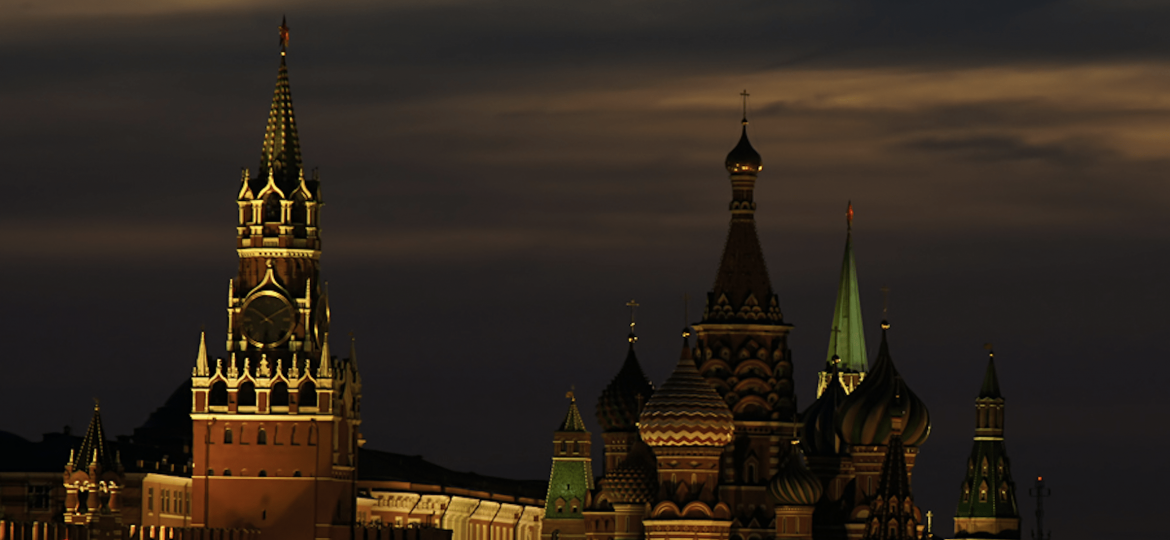After the deadly attack at the Crocus City Hall, a concert hall near Moscow, on March 22, a clear disinformation narrative blaming Ukraine for the assault has emerged in the European infosphere. False stories, sometimes directly spread by Russia-controlled media, are bolstering the Kremlin’s efforts to accuse Kiev and the West of the terrorist attack, when a group of gunmen perpetrated a mass shooting, followed by arson, that killed over 130 people and injured over 180 attending a concert by the Russian band Piknik.
Shortly after, “ISIS of Khorasan” or ISIS-K, a branch of the terrorist group of the Islamic State operating in Central Asia, claimed responsibility for the assault and even shared first-person videos of the violence. Western officials, who had warned of possible terror strikes in previous months, confirmed the jihadist militants’ responsibility.
The Kremlin’s narrative…
While acknowledging that the attack was carried out by ISIS, Russian President Vladimir Putin also suggested a direct Ukrainian involvement. He said that “evil act can only be another link in a whole chain of attempts by those who have been fighting with our country since 2014 via the Nazi Kyiv regime”.
Even if the Russian president did not offer any proof for these accusations, his statements have been followed by more explicit ones from members of his apparatus. Aleksandr Bortnikov, head of the FSB, said that the attackers are linked to Kiev and, if they had succeeded in entering Ukraine, they would have been “greeted as heroes”. According to Bortnikov, the attack would have been “prepared by both radical Islamists themselves and, naturally, facilitated by Western special services”. No concrete evidence has been provided so far to support these claims.
…and false information promoting it
This narrative is also promoted by false content, spread by government-controlled channels or by pro-Russia accounts on social media. Many of these false stories – which, in fact, represent most of the disinformation circulating on the issue – are consistent in portraying Ukraine as responsible for the attack and suggesting broader West involvement in the assault, following the attempt of the Kremlin to hold the invaded nation and its allies accountable for the attack it has suffered.
False stories claiming the assailants were Ukrainian
A major branch of unfounded stories accusing Ukraine of the attack purports alleged direct links with the commando that assaulted the concert hall. False information spread on social media claims that the aggressors (or at least one of them) were identified as Ukrainians or as fighters on the Ukrainian side. To this end, also the photo of an American comedian was photoshopped into a Ukrainian-looking ID card, then presented as the ID document of one of the attackers.
Another false story claimed the presence of a truck with a Ukrainian license plate in the parking lot of the Cracus Hall, but the code showed that it was actually Belarusian. This false story is significant, because another aspect of the Kremlin’s version tries to blame Kiev on the basis of a supposed flight of the assailants towards Ukraine, where they should have been able to enter through a “window” prepared for their passage on the Ukrainian side of the border. However, this version has been more recently denied also by one of Russia’s closest allies, Belarusian president Lukashenko, who contradicted Putin’s version by saying that they initially attempted to flee to his country and only changed their plan when they learned that the border had been closed.
False information about Kiev officials claiming the attack
Disinformation stories also suggested that Ukrainian leaders claimed responsibility for the attack. Very significant in this sense is an artificially generated deepfake – aired a few hours after the assault by Russian television channel NTV and then circulated on social media – of Oleksiy Danilov, the secretary of Ukraine’s National Security and Defense Council, purportedly saying “Is it fun in Moscow today? I think it’s a lot of fun. I would like to believe that we will arrange such fun for them more often”.
By doctoring the audio of an old and unrelated video of former Ukrainian ad interim president Aleksandr Turchinov, another false story presents him as an ISIS member, thus creating links between Islamist extremism and Ukrainian leadership, allegedly menacing further terrorist attacks.
False stories purporting to show evidence of Western involvement
Various unfounded stories then tried to link Western countries to the gruesome events that happened in Moscow. For example, exaggerating the Russian claims of direct participation of the United States or suggesting that US officials had announced the attack, but also the alleged involvement of the French government, through a manipulated video of Putin’s speech.
Other various theories
Although the pro-Russia narrative is dominant in the false stories, other unfounded claims have been identified. As often happens, disinformation exaggerated the scale of the already tragic event and fueled conspiracy theories, in particular that the attack was staged. This false story is similar to others that have circulated recently in connection with the war between Israel and Hamas, with the conspiracy that the suffering of the people in Gaza is staged (the so-called “Pallywood” conspiracy).
An anti-Russia disinformation narrative is also circulating, relying on demonstrably false allegations to blame the Kremlin for its direct involvement in the attack.
Anyway, apart from these last stories, as mentioned above, most of the disinformation about the Crocus Hall attack is in line with the narratives promoted by the Kremlin, part of a long-running and broader disinformation campaign aimed at isolating Ukraine and derailing sympathies and funding to the invaded nation.
Enzo Panizio, journalist at Pagella Politica/Facta News and EDMO
Photo: Flickr, VladIslav Tep
